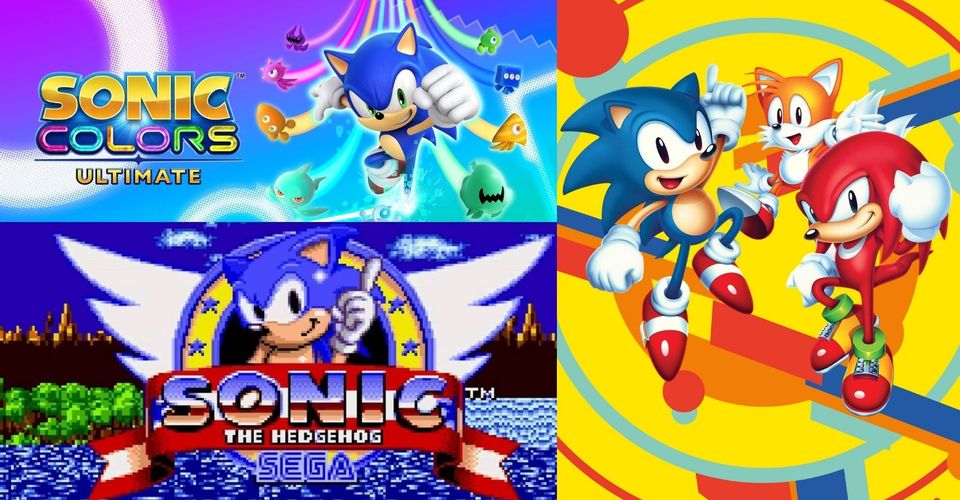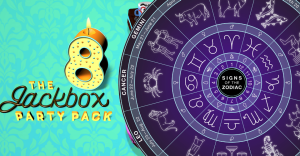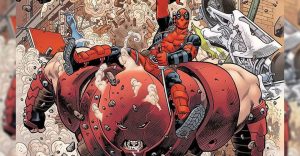The 10 Best Sonic the Hedgehog Games, Ranked According To Metacritic

Sonic the Hedgehog is a polarizing figure in gaming. During the early 90s when SEGA was struggling to establish itself as a formidable competitor to Nintendo, Sonic arrived and gave the company the mascot (and the hit game) it needed to convince customers to buy their Genesis/Mega Drive console.
However, Sonic is also despised by many. The lack of a Sonic game for the ill-fated Saturn console is cited as one of the main reasons it failed. Furthermore, throughout the 2000s, the Sonic franchise saw a string of horribly received games, leaving many to wonder if SEGA’s golden child had finally fizzled out. Luckily, in more recent years, new Sonic games have been released to critical and commercial success.
10 Sonic Colors – 78

Sonic Colors is one of the better-received Sonic games of the modern era. It was initially a Nintendo exclusive, being released for both the Wii and the DS handheld system in 2010. The game was unique because, while it was a traditional 3D Sonic platformer, it was set in outer space.
A unique feature of Sonic Colors was also that Sonic could get special power-ups by collecting Wisps. Different colored wisps allowed for different abilities, creating a new gaming experience for fans of the franchise. It’s also been announced that a remastered, upgraded version of the game, titled Sonic Colors: Ultimate will be released in September 2021 for Switch, PS4, Xbox One, and PC.
9 Sonic the Hedgehog 3 – 79

SEGA had found a hit with Sonic the Hedgehog, so they were determined to pump out as many Sonic games as possible. This led to mixed reactions. On one hand, Sonic games were fun and everyone loved exploring new levels. On the other, critics and audiences expected the game to evolve with each new release, but Sonic games remained largely similar. While some criticized 1994’s Sonic 3 for being more of the same routine, it was largely praised by players and went on to be one of the bestselling Genesis/Mega Drive games of all time.
Sonic fans even claim the game is part of a conspiracy and that Michael Jackson did the game’s soundtrack but went uncredited; some say this was due to Jackson being unhappy with the final product, while others state it was a move by SEGA due to Jackson’s growing legal battle over sexual assault allegations.
8 Sonic the Hedgehog 4: Episode 1 – 81

Sonic 4 was designed to continue the Genesis/Mega Drive Sonic story and was intended to pick up where Sonic and Knuckles (1994) left off. It was a return to the fully 2D sidescrolling gameplay to pay homage to Sonic’s 16-bit heyday.
Players and critics loved the game, commenting on how great it was to play an old-school Sonic game that had been enhanced for the modern era. In 2012, two years after Episode 1 was released, Episode 2 was unveiled, but to much more lackluster reviews.
7 Sonic the Hedgehog – 81

In the late 80s, SEGA artist Naoto Oshima had started drawing a sketch of what he believed could be the company’s next big hit. It was an anthropomorphic hedgehog named Mr. Hedgehog. When SEGA began a competition amongst its employees to create a mascot that could rival Nintendo’s Mario, Naoto knew he already had the perfect entry.
The rest is history, and in 1991, Sonic the Hedgehog was unleashed upon the world. The Genesis/Mega Drive quickly began flying off shelves and Nintendo discovered the gaming industry had changed forever and that they no longer had the market all to themselves.
6 Sonic Rush – 82

The mid-2000s was a rough period for Sonic. In 2001, the Dreamcast ceased production, thus ending SEGA’s time as a console maker. On top of that, Sonic was seeing a string of lackluster titles like Shadow the Hedgehog and the infamously bad Sonic the Hedgehog of ’06.
Fortunately, Sonic games were performing well on handheld devices. While consoles were seeing demand for fully 3D games, handheld games were given more leniency to remain 2D, and 2D platforming is where Sonic shines brightest. The release of Sonic Rush on the DS gave gamers that classic Sonic experience in an era when many were uncertain of SEGA’s fate.
5 Sonic Advance – 87

Sonic Rush followed in the footsteps of Sonic Advance. This GBA title was released in December 2001, during the final hours of the Dreamcast. Sonic Advance, along with Sonic Adventure 2 Battle for the GameCube, were the first Sonic games to be released on non-SEGA consoles.
Fortunately, Sonic Advance was well-received by gamers and helped introduce Sonic to the Nintendo fanbase. This helped solidify Sonic as a lasting figure in gaming and proved that he wouldn’t fizzle out like SEGA consoles. This new relationship between SEGA and Nintendo also helped lead to later collaborations, like Sonic joining the Smash Bros. lineup.
4 Sonic the Hedgehog 2 – 87

The ’92 sequel to the original game is considered by many to be one of the best games on the Genesis/Mega Drive. It was praised for its intricate and colorful levels, its 3D bonus rounds, and the introduction of Tails.
Many critics said it took everything that worked in the first game and added to it, creating a superior playing experience. Due to Sonic’s now-raging popularity, SEGA even released an 8-bit version of Sonic the Hedgehog 2 for its older Master System since the console was still for sale (and popular) in many countries around the world.
3 Sonic Adventure 2 – 89

SEGA was criticized for not having a Sonic game on their Saturn console, and many say it’s why the Saturn failed. The company knew they needed one thing for the launch of their new Dreamcast console: A blockbuster Sonic game. That game was Sonic Adventure and it became the Dreamcast’s bestselling game. But it was the sequel, Sonic Adventure 2, that was the true star.
It had improved graphics, better controls, more characters, and a massive world to explore. It was one of the last major titles to be released for the console in 2001 and it proved that the Dreamcast had a lot to offer, despite its low sales numbers.
2 Sonic Mania Plus – 91

2017’s Sonic Mania was a celebration of Sonic’s history. While other Sonic games had returned to the 2D platformer style, Sonic Mania went a step further by purposefully toning down the graphics to make it look more similar to the 90s-era games.
Sonic Mania featured a co-op mode, tons of bonus rounds, and even new levels inspired by previous games. In 2019, Sonic Mania Plus was released and added more characters, remixed levels, a four-player competition mode, and more. While the original was praised (it holds a Metascore of 86), the fun additions of Sonic Mania Plus proved to be icing on an already delicious cake.
1 Sonic CD – 93

The most lauded Sonic game is one that many gamers have probably never played. Between 1991 and ’93, SEGA rolled out the SEGA CD, a new disk-based peripheral to the Genesis that would allow for bigger games, better sound quality, and enhanced graphics.
Upon release, Sonic CD was hailed for its excellent soundtrack, beautiful graphics, and its massive number of levels. Sadly, only a little over 2 million SEGA CD units were sold, so not many people got the chance to play the game. Fortunately, Sonic CD has been featured in numerous Sonic collections throughout the years and has now even been released for Android and iOS.
About The Author


















